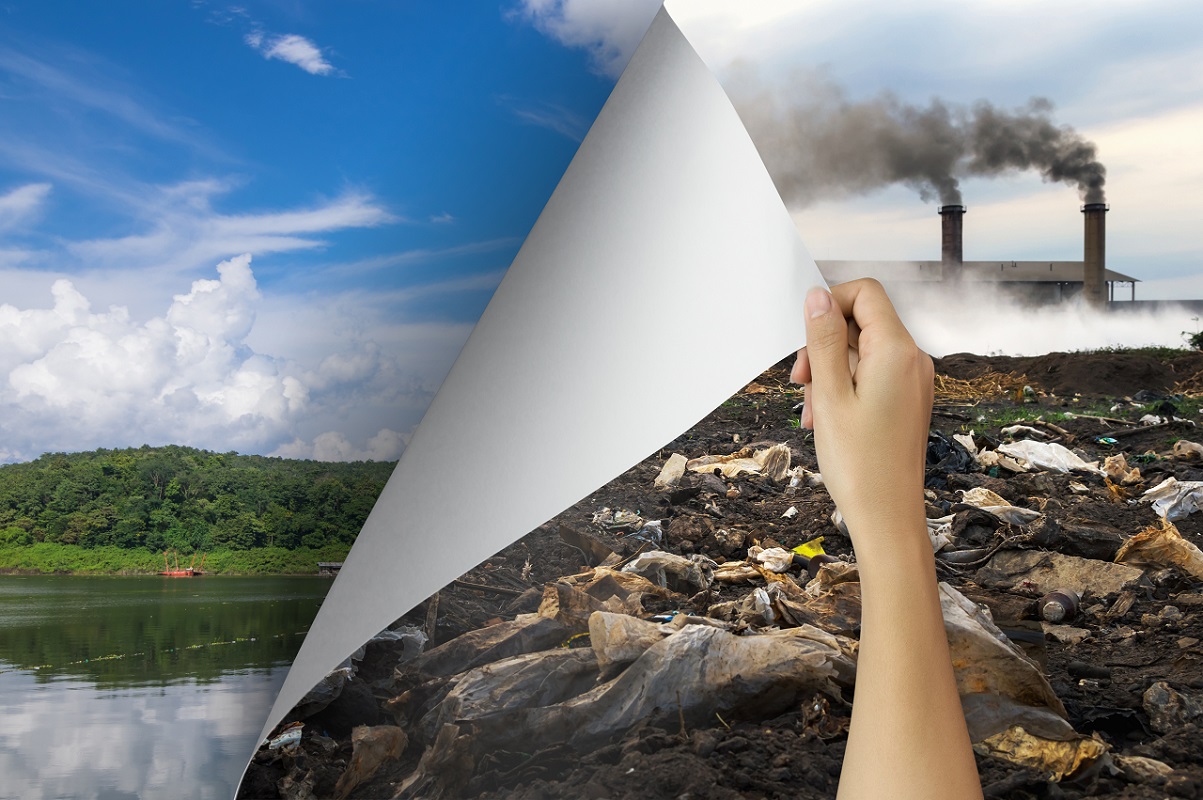Pollution Liability Insurance Protects Contractors From Unexpected Environmental Claims

By Janice Greenberg | Monday, January 3, 2022
Construction professionals undoubtedly engage in a call or email conversation at least once a year with their insurance broker to discuss the company’s insurance coverages. Typically, these conversations center around whether to renew the company’s existing policies with its current insurance carriers or purchase policies from new insurance carriers. Sometimes, these conversations also explore whether the company is adequately insured for foreseeable risks. For general contractors and subcontractors, the focus is usually on the coverages typically required under the terms of your contracts, such as general liability, automobile liability and workers’ compensation coverage; indeed, these insurance policies should address any curveballs that might get tossed at the company during the course of a project.
Many companies likely have never seriously considered the need to purchase pollution liability insurance. After all, doesn’t everyone know that it’s only the big companies, such as the ones depicted in movies like Erin Brockovich or A Civil Action and a few John Grisham novels, that need pollution liability insurance? All companies—whether they’re a general contractor, construction manager, or trade subcontractor—should never have to worry about being hit with a pollution claim, right?
At first glance, contractors may think their construction work never involves anything remotely related to pollution. However, chances are that they’ve been fortunate enough so far to avoid being faced with a such a claim. Let’s consider a scenario:
General contractor Enterprise is retained by Starfleet to renovate the buildings, which house its student training academy. The project includes upgrades to the HVAC system. Enterprise retains Spock as the HVAC subcontractor. Shortly after the project is completed, mold is observed around several of the new HVAC vents. An investigation reveals that the mold condition is the result of Spock’s failure to properly install parts of HVAC system. Although the installation error is determined to be a simple fix, the mold has unfortunately impacted the interior framing and drywall in several classrooms. Accordingly, Starfleet is forced to incur significant costs to remediate the mold as well as to remove and replace the affected framing and drywall and asserts a claim against Enterprise for its costs. Enterprise tenders the claim to Spock and also reports the claim to its general liability insurer. Several days later, Enterprise’s general liability insurer advises that the claim is denied based upon the policy’s pollution exclusion. Enterprise also learns that Spock’s general liability insurer has rejected its tender of the claim based on a similar pollution exclusion in its policy. Consequently, Enterprise and Spock are faced with a claim for which they have no insurance coverage.
That scenario and others like it are all too common in the construction world. In addition to mold, general contractors and subcontractors can be exposed to pollution claims when their construction work results in fuel discharges, disturbance of asbestos and even fumes from the products they use at a project site. As general liability policies and other similar coverages, such as builders risk, almost always exclude pollution related losses, it is crucial to consider purchasing coverage that will respond to such claims. This is why many construction professionals decide to purchase Contractor’s Professional Liability policies which include a variety of coverages, including pollution liability—to fill the gaps left by their general liability and other similar policies.
Although the scope of pollution liability coverage varies from insurance carrier to insurance carrier, a typical policy will cover claims arising out of a pollution condition caused by construction work. What is considered a pollution condition? Generally, it is defined as the discharge, dispersal, release or escape of any solid, liquid, gaseous, or thermal irritant or contaminant. This includes smoke, vapors, fumes, alkalis, toxic chemicals, medical waste products into or on the land, or any structure on land, the atmosphere, or any water-course or body of water (including groundwater, provided such conditions are not naturally present in the environment). Accordingly, by purchasing such coverage, construction professionals can rest assured knowing they are protected against liabilities that arise out of a variety of situations typically encountered on many projects.
About the Author

Janice Greenberg is assistant vice president and senior claims examiner at Berkley Alliance Managers, a Berkley Janice Greenberg is assistant vice president, senior claims examiner at Berkley Alliance Managers, a Berkley Company. Ms. Greenberg handles professional liability claims for construction and design professionals as well as pollution liability claims. She is a seasoned attorney with more than 20 years’ experience counseling and litigating on behalf of insurance companies in various jurisdictions. Ms. Greenberg earned her J.D. from Hofstra University School of Law and a Bachelor of Science degree with a dual major in criminal justice and communications from State University of New York, at Brockport, New York. Contact Ms. Greenberg at [email protected].
Read the article in Construction Executive
Pollution Liability Insurance Protects Contractors from Unexpected Environmental Claims By Janice Greenberg
Reposted from constructionexec.com, Jan. 3, 2022, a publication of Associated Builders and Contractors.
© Copyright 2022. All rights reserved.
